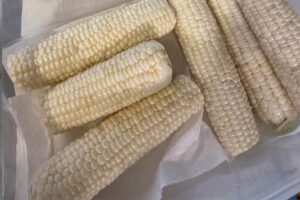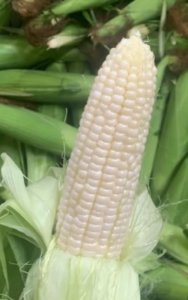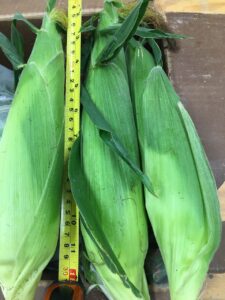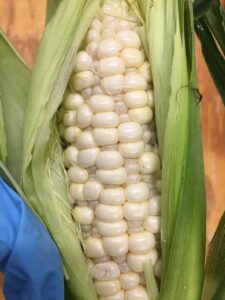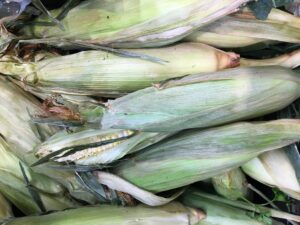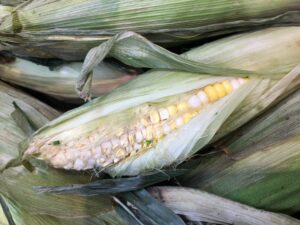Postharvest Produce Guide – Sweet Corn
go.ncsu.edu/readext?919106
en Español / em Português
El inglés es el idioma de control de esta página. En la medida en que haya algún conflicto entre la traducción al inglés y la traducción, el inglés prevalece.
Al hacer clic en el enlace de traducción se activa un servicio de traducción gratuito para convertir la página al español. Al igual que con cualquier traducción por Internet, la conversión no es sensible al contexto y puede que no traduzca el texto en su significado original. NC State Extension no garantiza la exactitud del texto traducido. Por favor, tenga en cuenta que algunas aplicaciones y/o servicios pueden no funcionar como se espera cuando se traducen.
Português
Inglês é o idioma de controle desta página. Na medida que haja algum conflito entre o texto original em Inglês e a tradução, o Inglês prevalece.
Ao clicar no link de tradução, um serviço gratuito de tradução será ativado para converter a página para o Português. Como em qualquer tradução pela internet, a conversão não é sensivel ao contexto e pode não ocorrer a tradução para o significado orginal. O serviço de Extensão da Carolina do Norte (NC State Extension) não garante a exatidão do texto traduzido. Por favor, observe que algumas funções ou serviços podem não funcionar como esperado após a tradução.
English
English is the controlling language of this page. To the extent there is any conflict between the English text and the translation, English controls.
Clicking on the translation link activates a free translation service to convert the page to Spanish. As with any Internet translation, the conversion is not context-sensitive and may not translate the text to its original meaning. NC State Extension does not guarantee the accuracy of the translated text. Please note that some applications and/or services may not function as expected when translated.
Collapse ▲Sweet corn may be yellow, white, or bi-color. Consumer preference has been trending toward bi-color and white.
Harvest at an immature stage with milky liquid rather than doughy when kernels are pressed.
Sweetness degrades rapidly; ears should be cooled quickly and may be held for a few days at 32°-34°F, 95-98% RH with chilling injury potential at 31°; Supersweet, sh gene corn may be held for up to 3 weeks.
Quality Specifications
Sweet corn cobs should be well filled with uniform kernels, juicy, not overly mature or dimpled. Husks should be fresh, green and crisp. Little to no evidence of insects or disease. Sweet corn degrades quickly once picked.
Common Quality Issues
Poor pollination results in uneven kernels; the tip of the cob may have poor kernel fill due to high temperatures during silking.
Brown, dry, or flaccid husks may indicate old sweet corn or product that was not handled appropriately postharvest.
Dimpled kernels indicate old ears



